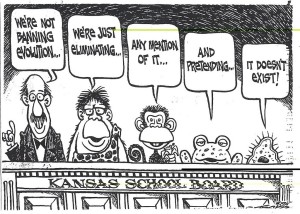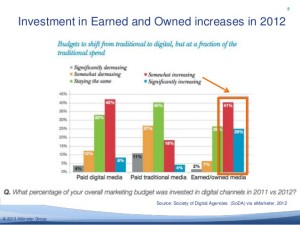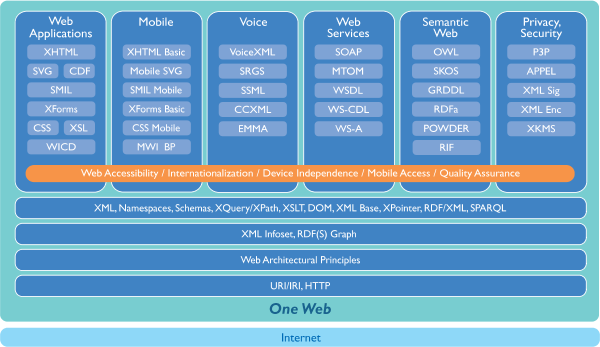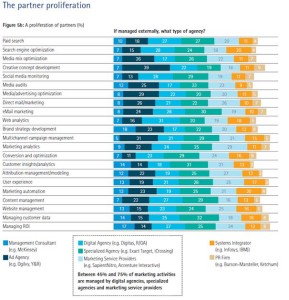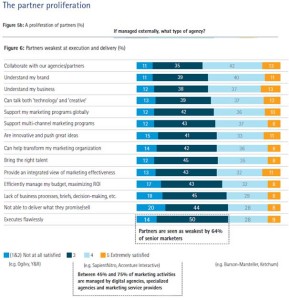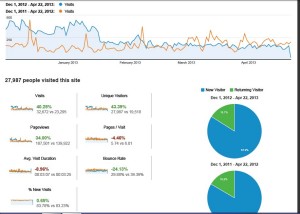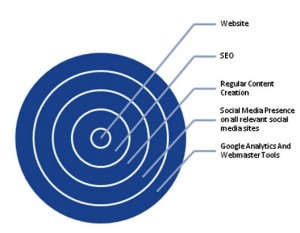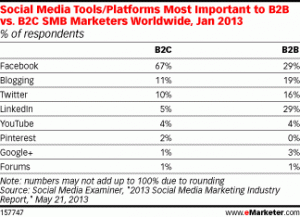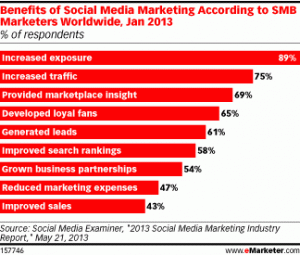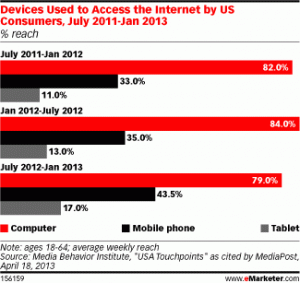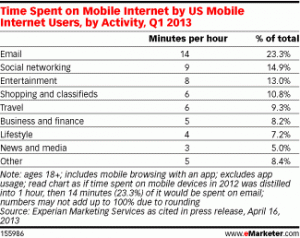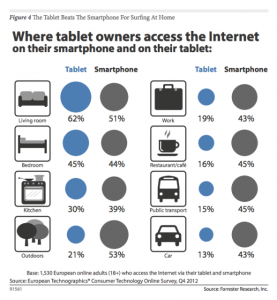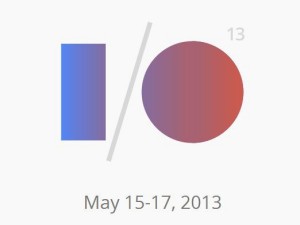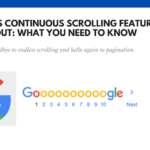Danny Sullivan of Search Engine Land recently hosted the Whiteboard Friday at MOZ where he spoke about how search had evolved since the early days of the search engines. Search has surely evolved and will keep on evolving but along with it the mindset and the thought process of an SEO has also evolved or rather should evolve side by side.
25 Points That Point Out The Evolving SEO Thought Process:
1. Adapt to web developments before Google incorporates them in the search algorithms.
2. When Google announces an algorithm update wait for the update to be executed, check for the changes in the WMT and GA reports and then tweak the website accordingly.
3. All updates may not affect all sites.
4. Be prepared. Adhere to WWW standards of web development even if they are not integrated in the algorithms yet.
5. Focus on Content and context and then connect on social media so that the content gets correlated correctly .
6. Forget “Keywords” and focus on “Keyness”. http://blog.webpro.in/2012/04/forget-keywords-and-focus-on-keyness.html
7. Forget “PageRank” and focus on “Authorship”. http://searchenginewatch.com/article/2214849/Googles-Knowledge-Graph-Implications-for-Search-SEO
8. Follow Google Guidelines for mobile search. http://googlewebmastercentral.blogspot.in/2013/06/changes-in-rankings-of-smartphone_11.html
9. Represent content on site as data as per www.schema.org especially for videos, reviews and local contact details.
10. You may use any third party SEO tools but always have a presence on Google WMTs and Google Analytics.
11. There may be umpteen social media sites but Google+ Account and Google+ business page are the passport to your online identity.
12. Value and encourage UGC (User Generated Content) in the form of reviews and comments.
13. On-page SEO forms the foundation for indexing hence can never be ignored.
14. Correct Technical SEO ensures the site to be future-proofed hence needs apt attention.
15. Off-page optimization is all about trust and authority and not about links.
16. Page one rankings may increase traffic but the social media signals and UGC will influence sales.
17. It is a knowledge sharing economy and people look for answers on the search engines . The content on your site should offer solutions.
18. SEO is not limited only to the SEO team but each and every team member needs to be aware of how social media , content and SEO are integrated . Neither is SEO a onetime process, hence SEO has to be an ongoing process and has to be integrated in the whole marketing mix.
19. SEO is less about bots but more about people. Customers will love the company only if the employees love it first. Hence, educating the whole team about SEO should be an on going process and the SEO should include training the client about the new developments as a part of the SEO project.
20. The SEO is not only working on the keywords and rankings of the site but is helping the business to develop an online brand and also helping the business to establish the trust and authority factor by helping these signals integrate , get correlated and also get indexed by the search engines ensuring long term presence.
21. SEO is not about SERPs but the importance of SERPs cannot be ruled out. High Rankings lead to a high CTR (Click Thru Rate) which leads to increased traffic with a potential for good conversions.Hence, SEO is beyond rankings does not mean that high SERPs are no longer a long term goal of an SEO campaign but it means that the website has to reach out and branch out and gain quality web presence before it is ensured of a good high ranking search presence.
22. Though SEO is earned media, its success is heavily dependent on the owned and shared media. Hence, constantly keeping a track of the owned and shared media cannot be ignored by the SEO even if they are managed by another agency.
23. Increase in the number of visits from search engines indicates that the SEO is working in the positive direction.
24. Increase in sales indicates that the social media signals are generating the right kind of WOM in your favour.
25. Though some companies may call SEO by some other term, never believe in the clichéd statement ...”SEO IS DEAD”.
Today a true SEO does not limit herself only to Google Algorithms but looks beyond and thinks about how a website can adapt to the web standards which are applicable and integrated by search engine algorithms as of now and also works on the standards which have a potential of being integrated by search algorithms in future . This does not only ensures a long term good health of the website but also makes it prepared to face any algo updates without getting adversely affected.
SEO should not only limit its self to perform repair functions on the site to get into search results but just like a good engineer applies scientific, economic, social, and practical knowledge in order to design, build, and maintain structures, machines, devices, systems, materials and processes.
A good SEO needs to apply technical specifications that define and describe aspects of the World Wide Web which directly or indirectly affect the development and administration of web sites and consider include the interoperability, accessibility and usability of web pages and web sites from the WWW perspective. Instead of dissecting the algorithms we need to understand the standard norms of web design and development which will make the web a better place and websites robust technically.The SEO industry is at that point of the graph where its going to scale new heights and emerge as more meaningful and essential for website owners and search engines as well. Content and quality have been king since the first web page was published but Google has been successful in penalizing the low quality content and help clear the content and the linked clutter on the web with its algorithmic updates recently.
As the web evolved the search engines evolved and only when the SEO mindset will also evolve side by side the status and the reputation of the SEO industry will achieve the due respect and importance in the coming years.
